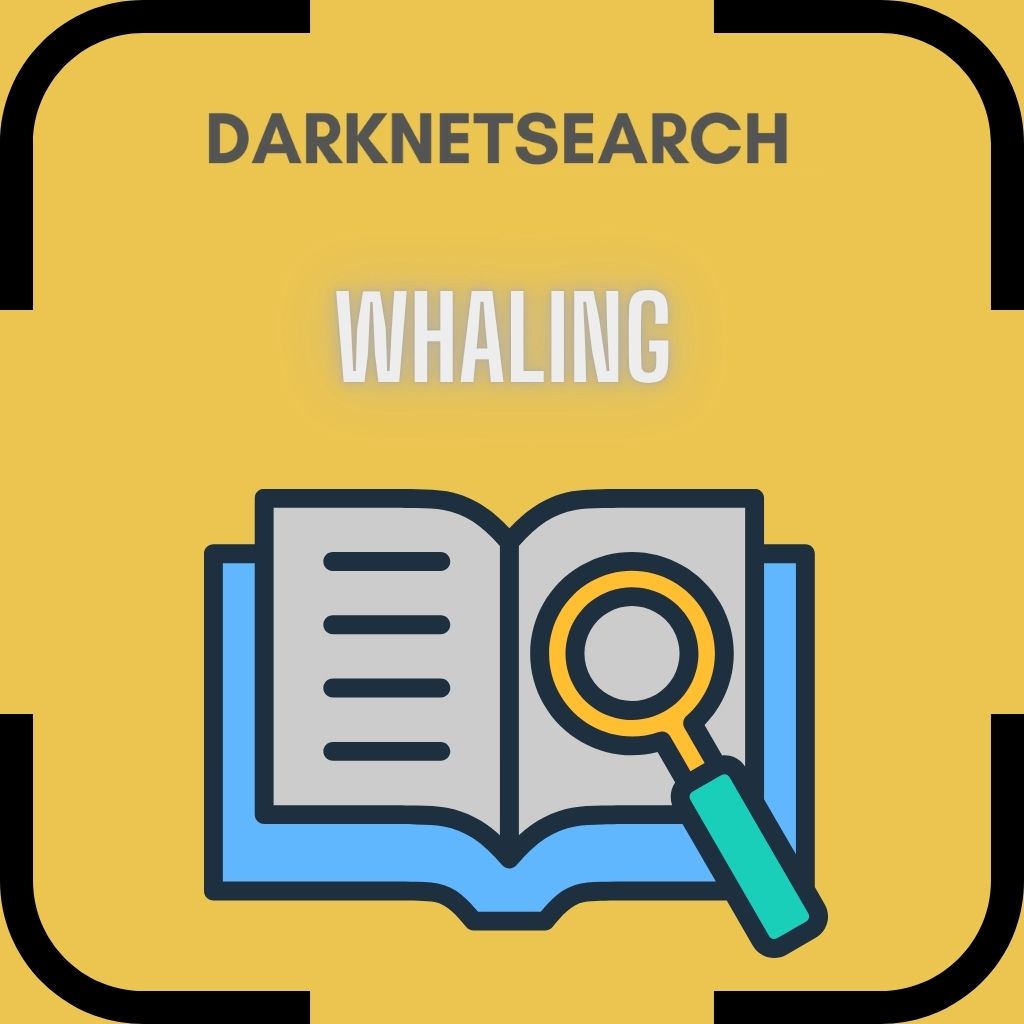Whaling

➤Summary
What is Whaling?
Cybersecurity threats have evolved rapidly over the past decade, but one type of attack stands out for its cunning and high-stakes nature: whaling. This form of phishing attack targets the biggest fish in the organization—CEOs, CFOs, and other high-level executives—with devastating consequences. If you’re in cybersecurity, compliance, or management, understanding what is whaling and how to prevent it is now more urgent than ever.
Understanding Whaling: The Executive Phishing Attack
Unlike traditional phishing, whaling is highly targeted and personalized. Instead of blasting thousands of emails, cybercriminals spend time researching a specific executive and crafting a convincing message that often looks like it comes from a trusted source. The goal? To manipulate the victim into transferring funds, revealing sensitive information, or clicking a malicious link.
Whaling attacks are a subtype of spear phishing, but far more tailored. They usually rely on social engineering tactics and often bypass standard spam filters because the language and tone mimic authentic corporate communication. 🎯
Why Do Hackers Target Executives?
Senior executives have access to critical systems, financial authorizations, and confidential data. By targeting them, attackers can:
- Initiate fraudulent wire transfers 🏦
- Steal trade secrets or legal documents
- Access internal networks for further exploitation
A successful whaling attack can result in financial loss, reputational damage, and regulatory penalties. It’s a direct hit to the top of the organization.
Common Techniques Used in Whaling Attacks
- Email Spoofing: Mimicking the email address of a CEO, partner, or legal advisor.
- Fake Invoices: Crafting invoices that look legitimate, urging urgent payments.
- Domain Impersonation: Using domains like “yourcompany.co” instead of “yourcompany.com”.
- Pretexting: Pretending to be someone the executive trusts, such as a board member or auditor.
According to the FBI, business email compromise (BEC), which includes whaling, caused over $2.7 billion in losses in 2022 alone. Source: FBI Internet Crime Report.
How to Identify a Whaling Email
Spotting a whaling attack isn’t always easy, but red flags include:
- Unusual urgency or secrecy 🤐
- Slightly misspelled domains or names
- Uncommon file attachments or links
- Language that feels “off” or overly formal
Ask yourself: Would this person normally contact me for this request? When in doubt, verify through a separate communication channel.
Whaling vs. Phishing vs. Spear Phishing
| Attack Type | Target | Tactics Used |
|---|---|---|
| Phishing | Anyone | Generic, mass emails |
| Spear Phishing | Specific individuals | Tailored content, some research |
| Whaling | High-level execs | Highly customized, deep research |
While all fall under the umbrella of email-based attacks, whaling is the most dangerous due to the stakes involved.
Checklist: Protecting Your Business from Whaling
- ✅ Train executives to recognize phishing tactics
- ✅ Implement strict payment verification processes
- ✅ Use DMARC, SPF, and DKIM email authentication
- ✅ Monitor and alert on unusual email behavior
- ✅ Conduct regular simulated phishing tests
- ✅ Restrict access to sensitive data on a need-to-know basis
Practical Tip: Start at the Top
Cybersecurity training shouldn’t stop at the IT department. Executives must be included in awareness programs and taught to be skeptical of even the most convincing requests. 🧠
Real-World Example of a Whaling Attack
In 2016, an Austrian aerospace firm lost €50 million after a hacker impersonated the CEO and ordered a transfer. The CFO, believing the request was legitimate, approved the transaction. By the time the fraud was discovered, the funds had vanished.
This isn’t an isolated case. At DarknetSearch, we’ve observed a surge in whaling-related incidents targeting European financial institutions, especially through compromised domains and fake executive identities.
How Darknet Monitoring Can Help
Using platforms like DarknetSearch.com, you can proactively identify:
- Compromised credentials belonging to your executives
- Fake domains or typosquats impersonating your brand
- Early indicators of whaling preparation on underground forums
These insights allow your SOC team to mitigate threats before they escalate. 🔍
Why Whaling Remains a Top Cyber Risk
Whaling attacks persist because:
- They often evade standard email security filters
- They target high-trust individuals
- The ROI for hackers is massive
Even the most tech-savvy leaders are vulnerable if they lack awareness. A single successful attack can compromise the entire enterprise.
Expert Insight
“Cybercriminals are exploiting trust within organizations. Whaling attacks are not about technology failures; they’re about human psychology,” says Maya González, Threat Intelligence Analyst at CyberSecure Europe.
FAQ: Can Anti-Phishing Software Stop Whaling?
Not always. Most anti-phishing tools rely on known patterns or malicious URLs. Whaling often uses clean-looking messages, making behavioral analysis and human training essential.
Conclusion: Awareness Is Your Best Defense
Now that you know what is whaling, it’s time to act. Don’t wait for a cybercriminal to reel in your executives. Educate your leadership, secure your communications, and monitor the dark web for warning signs.
👉 Discover much more in our guide to executive-targeted threats
🚀 Request a FREE demo of our darknet monitoring platform NOW
Your data might already be exposed. Most companies find out too late. Let ’s change that. Trusted by 100+ security teams.
🚀Ask for a demo NOW →